Concurrent Session IX | May, 10 | 8:00 – 9:30 AM MT
Breakout 1 | Breakout 2 | Breakout 3 | Breakout 4 | Breakout 5
Return to Schedule
Session B9
Health Equity, Community Voice to Reimagine Infrastructure | EJ
8:00 – 9:30 AM
| About the Presentation |
|
The discussion focuses on the Cross Bronx Expressway, recipient of a USDOT RAISE planning grant. Community advocates have long pushed to improve public health, quality of life, and connectivity. The planning initiative provides an opportunity to consider innovative design solutions, including capping portions of the roadway to create open space. Conceived by Robert Moses, the Cross Bronx Expressway tore through communities with a legacy of chronic illness, economic disadvantage, and environmental degradation a condition especially evident in BIPOC communities across the country, as acknowledged in Transportation Secretary Pete Buttigieg's statement that "there is racism physically built into some of our highways." The Bipartisan Infrastructure Law provides the most robust funding till date to remedy this legacy.
The Reconnecting Communities program would restore community connectivity through reimagining infrastructure. Rebuilding American Infrastructure with Sustainability and Equity (RAISE) program commits to infrastructure funding, especially in adversely affected communities. To deliver equitable outcomes, decision-makers must appreciate that environmental planning is foundational to equity, public health, and sustainable development. The National Environmental Policy Act (NEPA), Environmental Justice (Executive Order 12898), and Health Impact Assessment provide the planning framework that agencies must embrace to ensure equitable outcomes.
|
| About the Speakers |
|

Kovid Saxena AICP, LEED AP, ENV SP
Principal, Director of Environmental Planning
Sam Schwartz Consulting
Kovid Saxena is a Principal and Director of Environmental Planning at Sam Schwartz Consulting, with oversight responsibility for the firm's environmental and land use planning practice. As a leader in environmental planning and policy, he has over 20 years of experience in providing consulting and advisory services for environmental planning, transportation, and infrastructure projects. With a background in the management of complex projects and leading multidisciplinary teams, Kovid has led a broad range of environmental impact assessments. He has served on the American Planning Association New York Metro Chapter board and Urban Land Institute New York Infrastructure Council. Kovid holds a Master of Science in Urban Planning from Columbia University.
|
|

Nilka Martell
Founder, Director
Loving the Bronx
Nilka Martell founded and leads the public health advocacy group, Loving the Bronx, a nonprofit focused on community building and development on social and environmental issues. She also penned an “I Love the Bronx” column for The Bronx Free Press. Nilka is credited with devising a plan to cap portions of the Cross Bronx Expressway to reduce pollution and provide room for green space and affordable housing. In response, U.S. Senator Chuck Schumer secured a multi-million-dollar grant to explore the capping of the expressway.
|
|

Alexander Levine
Public Health Advocate
Albert Einstein Medical School
Alexander Levine is affiliated with Albert Einstein Medical School. Alex launched a podcast, Healthy Bronx, centered on preventive medicine and transportation. He also co-created Bronx One Policy Group, which is a policy writing and advocacy organization. He serves as a Health Policy Fellow at the U.S. House of Representatives and formerly worked at the New York City Department of City Planning.
|
Back to Top
Session C9.1
Determining Flow Regimes for State and Federal Water Quality Regulatory Programs | Arizona
8:00 – 9:00 AM
| About the Presentation |
|
Arizona has roughly 100,000 stream miles, although about 80% of these stream miles do not have a definitive flow regime assigned as perennial, intermittent, or ephemeral. The Arizona Department of Environmental Quality (ADEQ) is working to fill this gap, as knowing the flow regime is important for determining regulation by the Clean Water Act (CWA) as a Waters of the United States (WOTUS) or under Arizona's Surface Water Protection Program (SWPP) as a state-protected surface water. Determining a stream's flow regime is also critical for correctly assigning designated uses and determining appropriate permitting actions under both federal and state programs. And, while shifts in the WOTUS definition over the last decade have created uncertainty in the regulation of waters across the country, flow regimes continued to be a primary factor in decision-making.
ADEQ will present the importance of providing clarity in flow regime assignments for the purposes of CWA and SWPP regulation, even as regulatory uncertainty continues at the federal level.
|
| About the Speaker |
|
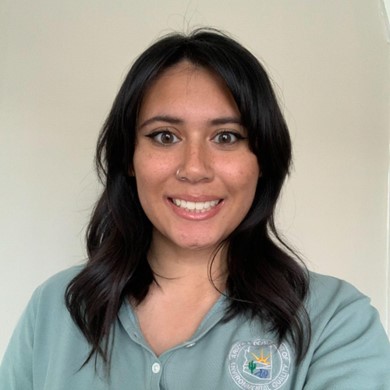
Mackenzie Moore
Environmental Science Specialist II
Arizona Department of Environmental Quality
Mackenzie Moore is an Environmental Science Specialist at the Arizona Department of Environmental Quality. She graduated from the University of Arizona with dual Bachelor of Science degrees in Environmental Science and Molecular & Cellular Biology. Her background prior to ADEQ was focused on water chemistry. Mackenzie’s work at ADEQ includes conducting jurisdictional evaluations for CWA Regulations and Arizona’s Surface Water Protection Program and collaborating on projects to aggregate datasets into flow regimes for streams across Arizona. Mackenzie also serves as Quality Control Coordinator for several working units and is actively involved in the development of surface water quality standards.
|
Session C9.2
Achieving the Impossible: Arizona's Path to Zero Backlogged NDPES Permits | Arizona
9:00 – 9:30 AM
| About the Presentation |
|
This presentation provides an overview of how Arizona's practices and policies for issuance of water pollution permits led to zero permit backlog, ensuring that protective water quality standards and pollution limits use the latest science and data to protect human health and the environment. National Pollutant Discharge Elimination System (NDPES) permits are the backbone of the Clean Water Act's (CWA) protection of our nation's waters. To issue NDPES permits the U.S. EPA and almost every state utilize the same statistical model for analyzing effluent from a factory or sewage treatment plant, calculating which pollutants require limitations and what pollutant limits are required to protect waters of the U.S. Running that model with the most recent effluent data every five years upon permit reissuance, as required by the CWA, is crucial to providing protective pollutant limits in permits. It also allows for the most recent protective water quality standards to be applied. But because of the complexity of reissuing NPDES permits, every state and EPA has fallen behind the five-year reissuance requirement of the CWA. The consequent is permits with outdated water quality standards that are not sufficiently protective and pollutant limits based on old, unrepresentative data.
As more pollutants are understood to harm human health and the environment, and a lower than ever levels, permit complexity increases, causing EPA and states to even fall further behind on reissuance of permits. The last time EPA published statistics (2017) for timely permit reissuance no state nor EPA had reissued all their respective permits on time. This permit reissuance delay is so common that EPA, tasked with overseeing states' implementation of these permits, accepts that 20% or more of a state's permits may be "backlogged" and not reissued within five years as required by law. Some states have more than 50% of their permits aging beyond the CWA-required five years. However, achieving the CWA's permit requirements is not impossible. In the last two years, Arizona's Department of Environmental Quality has undergone a revolution in permit issuance practices and policies, resulting in a 98% on-time permit issuance as of September 2022 and a goal of 100% by spring 2023.
|
| About the Speaker |
|

Chris Montague-Breakwell JD
Permits Unit Manager
AZ Department of Environmental Quality
Chris Montague-Breakwell manages the team responsible for issuance of Arizona Pollutant Discharge Elimination System permits. Prior to working at ADEQ, he worked for Washington State's Department of Ecology focusing on NPDES compliance, and at U.S. EPA focusing on water quality rulemaking and policy. Chris has a JD from the University of Maryland School of Law and a BA from Stanford University.
|
Back to Top
Session D9
NAEP Working Groups, Partnerships, and Capacity Building: A Summit | Misc
8:00 – 9:30 AM
| About the Presentation |
|
Recently, NAEP formalized the structure of the disciplinary working groups in the organization and now recognizes nine working groups with champions who dedicate their time to help fulfill the NAEP's mission to be an interdisciplinary organization dedicated to developing the highest standards of ethics and proficiency in the environmental professions. The NAEP also has a number of partner organizations whose goals we support and who support NAEP's goals. This summit will bring together four champions from the working groups, four representatives from our partner organizations, and at least two NAEP Board members.
The intent of the workshop is to bring together existing partners and working group champions to identify areas of overlap that can be leveraged to accelerate our individual working group tactical plans, and partner missions. The summit structure will be in the form of a workshop in which speakers provide short introductions and then break out into groups to brainstorm areas of interest and overlap. The breakout groups may be timed and could rotate at least twice to allow for maximum diversity of thought. During the breakout groups we would work to identify common initiatives that each working group and partner organization will record and two working groups along with two partner groups will summarize for the Board.
Ultimately the summit workshop aims to fulfill NAEP's vision to provide a source of unbiased information on environmental practices, support advancement of the environmental profession in general, and promote equity, diversity, and inclusion in our decision-making process. The summit workshop will be hosted by the NAEP Cultural Resources Working Group and the American Cultural Resource Association Partner/Membership Committee.
Tentative topics are:
- Diversity, equity, and inclusion
- Mentoring, training, and support for early career professionals
- Identification of new partnerships and process for initiated process
- Network of speaker schedules to support chapter groups
- Government lobbying
|
| About the Moderator |
|
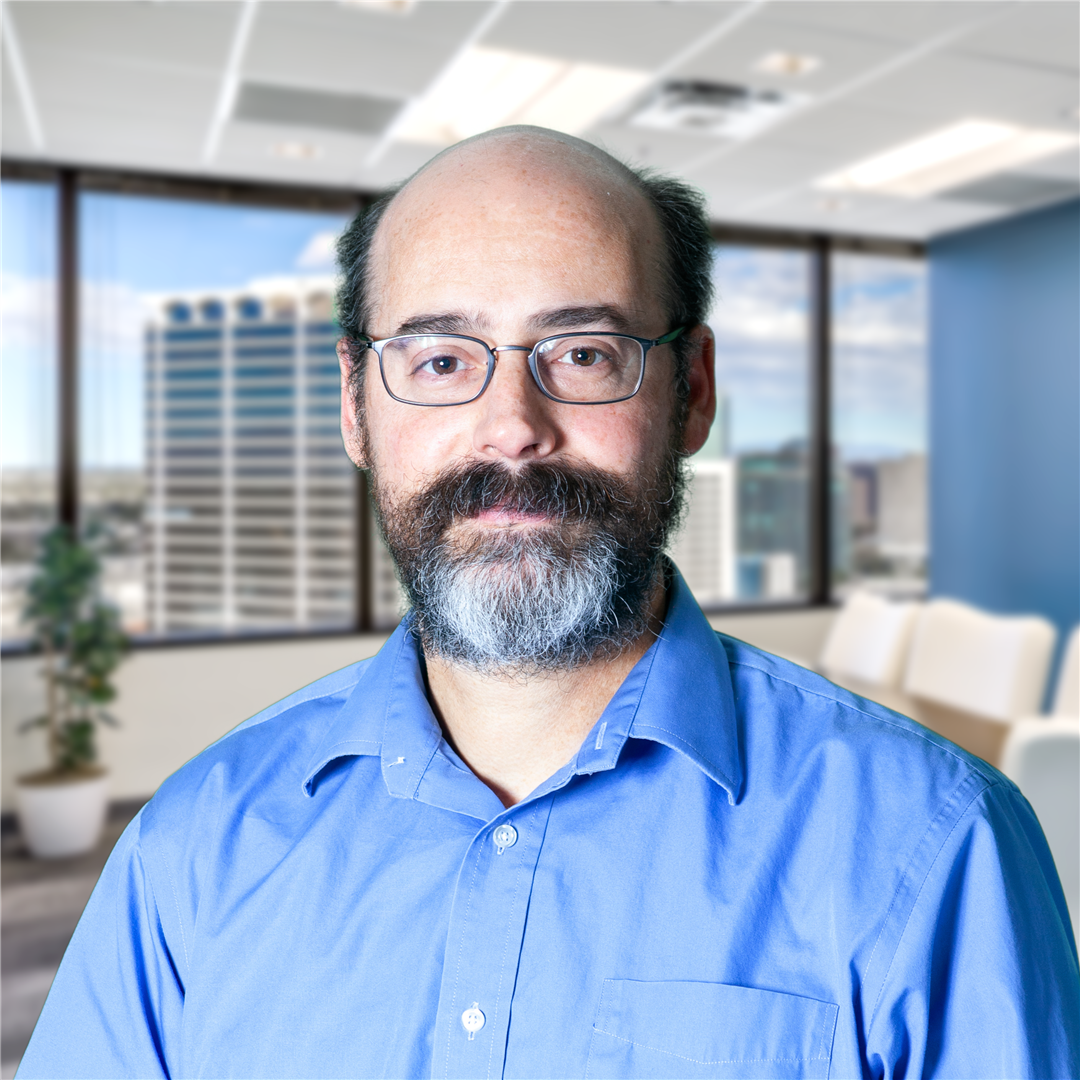
Scott Phillips, MA
Senior Technical Director – Cultural Resources
SWCA Environmental Consultants, Inc.,
Scott Phillips is a subject matter expert in heritage preservation and cultural resources management, including as it intersects with environmental planning. As Senior Technical Director at large, he provides this expertise nationwide on behalf of SWCA Environmental Consultants, where he has been since 2001. Scott began his career in cultural resources management in 1990. He received his M.A. in Anthropology (cultural focus) from the University of Colorado at Boulder.
|
| About the Speaker(s) |
|
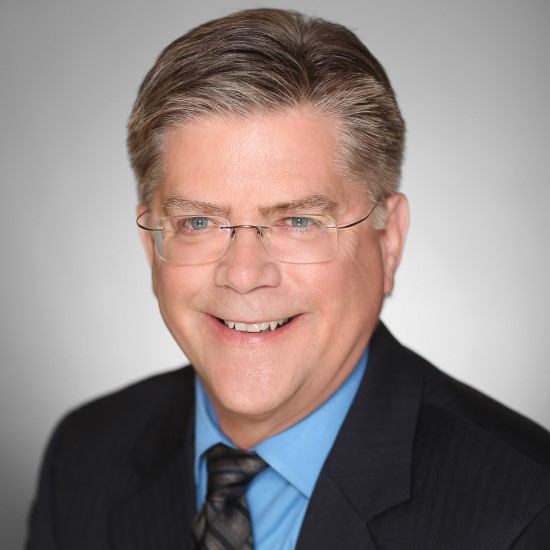
Ron Deverman
National Environmental Planning Leader
STV, Inc.
VP, NAEP Professional by Eminence, Board Trustee of the Academy of Board-Certified Environmental Professionals. With over 35-years-experience managing NEPA environmental impact assessment projects for transportation, Ron also has special expertise in community impact assessment, cumulative effects analysis, and other federal environmental regulations. Ron has spoken nationally and internationally, including key competencies for environmental professionals, environmental stewardship, equity, environmental justice, and the public health impacts and benefits of our transportation choices. R was recently appointed to the Transformative Leadership Advisory Council for the George Washington University School of Business. Ron's education includes a BS in Civil Engineering and a MA in English, and post-graduate studies in NEPA and related environmental studies.
|
|
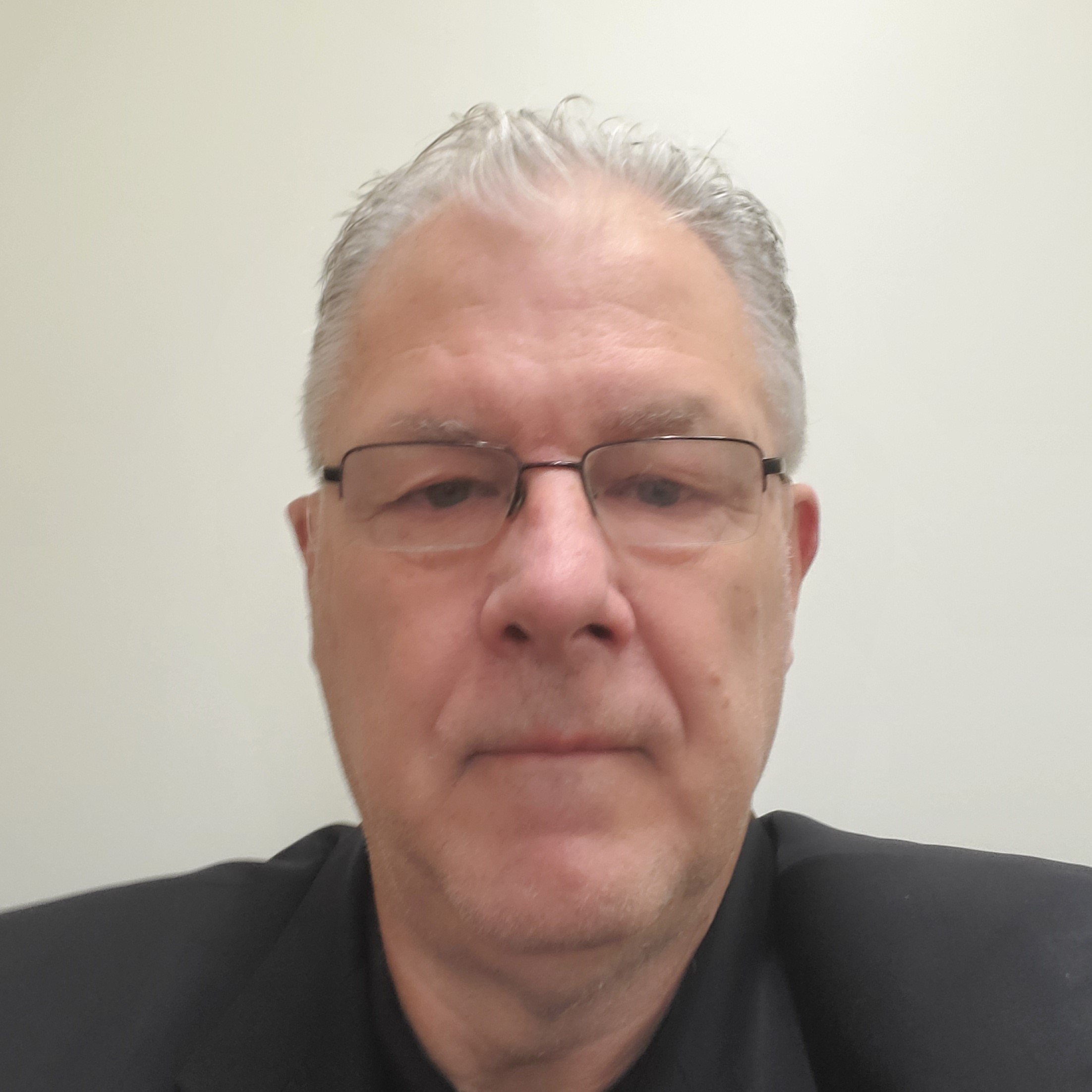
Richard Grubb
Vice President
Richard Grubb & Associates
Richard Grubb is Vice President of Richard Grubb & Associates (RGA), a full service cultural resources consulting firm founded by Mr. Grubb in 1988. He is currently responsible for business development and QA/QC of the company’s work. He is also on the Executive Committee of the American Cultural Resources Association (ACRA) and the Board of Directors where he serves as Vice President in Charge of Membership. At ACRA Richard formed the association’s Small Business Committee and founded the Partnership Program. Richard Grubb is also an active member of the American Society of Highway Engineers (ASHE) where he serves as Chair of the New Jersey section’s Education Committee whose primary responsibility is to encourage the formation of university student chapters.
|
Session E9.1
Approach to Questions for Contracts of Future Task Assignments | Misc
8:00 – 8:30 AM
| About the Presentation |
|
Everyone should realize that nothing happens and should happen without a contract. But first, an approach must take place for everyone to get on the same page. After these starters happen, a series of inquiries naturally will arise. These arise because not every subject matter expert (SME) or agency official knows the business side of their specialty or organization, but this paper can help. It can also help Contract Officers (COs) or Contract Officer Representatives (CORs) to review not to put themselves or others at risk. And remember, heroes, don't put others at risk! First, this article gives an overview of different methods made by both the service provider and provisions for accomplishing federal projects. Next, given is what all sides should agree upon before moving forward. These agreements include scope, schedule, budget, payment/ invoicing terms, insurance requirements, and any other terms or conditions that may need to be known by all parties involved. Here, payment amount, payment terms including when one gets paid and faster payment options, taxes and who pays them, plus invoice requirements are told.
Finally, the article delivers a series of questions to ask at the start of negotiations. Some of the questions include what will be the contract vehicle for services? How is this project/task being authorized, purchased, and how will it be paid for, when, and by whom? How is the contract being issued? By whom and what is the timeframe? Is there an example of an agreement that can be reviewed before signing so providers can become familiar with the organization's terms and conditions? Is there an approved budget that can fund this work? Plus more. The more includes Who's who and lines of responsibility with how everyone involved sees the work scope, services, and deliverables. In clear and concise language, a solid overview of needed contracting know-how and how-to is given to improve how better and more beautiful things can happen for our country and the world.
|
| About the Speaker |
|

Xiola-Kathleen Bromley
Applied Anthropologist, Professional Landscape Architect
When the world saw Roosevelt Park in Detroit as rejectamenta, Xiola Bromley decided to call it home and during the 2000s era worked rebuilding Corktown. After traveling west to California, she engaged herself within the works of Christopher Alexander with the hope to better understand the Timeless way of Building to the Nature of Order. Returning home to the Great Lakes, she continues to reconnect with memory and her roots on the shoreline of Lake Michigan. Currently an emerging Environmental Specialist, Xi supports life-giving activities, dreams, and playfulness. Today, her base camp is in Leelanau County, and her goal is to continue building and recovering beauty for everyone to enjoy.
|
Session E9.2
Beyond the Usual: Planning Effective Bilingual Community Engagement | Misc - CANCELLED
8:30 – 9:00 AM
| About the Presentation |
|
Have you been using a prescriptive way of engaging the community and discovered it no longer works or will not work with a certain community you are engaging with? Have you discovered your communities are no longer the same as they were 20-30 years ago and have become more diverse, or are you now noticing how diverse they always were? Would you like to equally engage members of the community, so your projects encompass as many perspectives as possible? Experience in engaging Spanish-speaking, English-speaking, and fully bilingual community members have shown that geographically diverse communities have embraced technology and connectivity, adapting to various levels of access, especially during and after the COVID-19 pandemic. Before and after the pandemic, the methods to engage linguistically diverse communities are simple in nature but relatively hard to implement.
When bilingual communications are involved, the logistics, schedules, budgets, and resources needed should be considered differently from a usual project addressing mainly an English-speaking community. Project teams must be increasingly diverse to address engagement needs from the planning stages to achieve successful outcomes. The Spanish-English language pair is used as an example, however, these process distinctions apply to other pairs, and even multi-lingual engagement. How about when we combine virtual engagement tools with traditional tools and we make them bilingual? Planning steps include drafting a set of goals, messaging, and strategy that is adapted to cultural diversity. This also involves methodologies to gather feedback effectively during the engagement process and designing a complete engagement process that leaves the project team and community satisfied with the opportunity and clear about any next steps. After all, winding down your main engagement process may not necessarily mean your presence disappears from the community. Have you uplifted them, empowered them, and heard their diverse voices? Lastly, investments in community engagement are building blocks to future activities or examples to other organizations who are looking to work in your communities or improve their community engagement. Is your community engagement strategy easily replicated? Will you share your lessons learned?
In this session, attendees will hear best practices regarding bilingual community engagement, along with tactical and strategic recommendations to plan and perform the engagement process within linguistically and geographically diverse communities.
|
| About the Speaker |
|

Madeline Almodovar
Speaker Information coming soon!
|
Session E9.3
Gateway South: An Energizing Experience in Offline Data Management | Misc
9:00 – 9:30 AM
| About the Presentation |
|
HDR has been working in coordination with several other partners on Gateway South, a 400-mile high-voltage transmission line from Wyoming to Utah. HDR's role is to provide environmental compliance support during construction, and the project has best been described as "an environmental project with a power line running through it". HDR has implemented an AEC Project Delivery Subscription (PDS) for data sharing and engagement across construction staff, environmental inspectors, monitors, and agencies. HDR's GIS team has played an important role in managing spatial information to help identify potential conflicts associated with permitting, engineering, and sensitive plants and animals to drive decisions on the project. The project team has access to authoritative data made available via mobile solutions and online maps.
HDR also implemented dashboards and automated tasks to support monitoring and environmental compliance. Over 200 daily users interact with GIS resources via a project Hub Site, ArcGIS Field Maps, and Survey123. Changes to design, engineering, biological and cultural resources, ROW, and more are for review. Inspectors use Survey123 to conduct daily inspections which are QC'd via an ArcGIS Dashboard prior to forming generation and export. This implementation provides the tools and flexibility required to deliver a dynamic project on an aggressive schedule. The ability to integrate cloud resources, on-premise services, and off-the-shelf tools in one location to team members from across the project stakeholder community is critical to the success of the project. Multiple team members can edit a set of constantly changing data and see it reflected nearly immediately on hundreds of field users' devices. This approach and tools supported environmental and regulatory requirements for the project including analysis and reporting to support decision-making related to environmental constraints and seasonal restrictions. Come see how HDR is using a robust set of GIS tools for successful delivery on a complex project.
|
| About the Speaker |
|
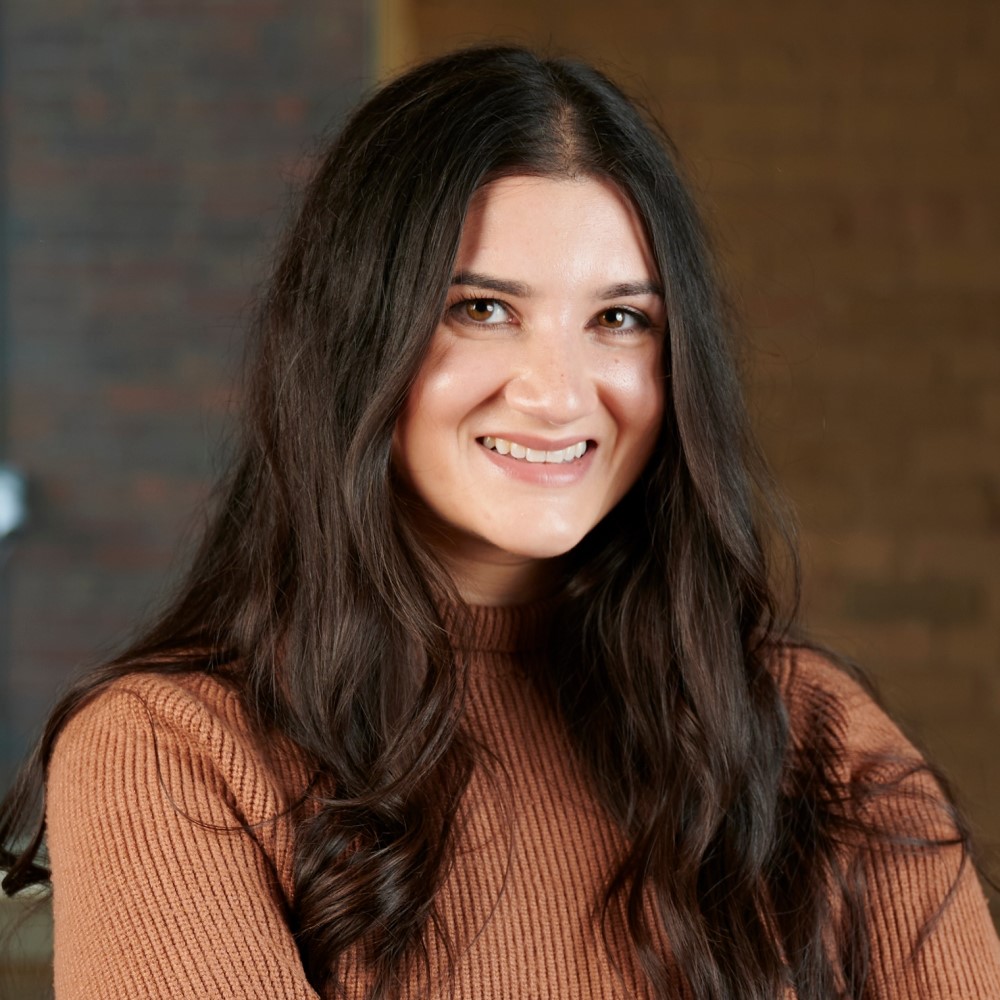
Erin Vedam
GIS Analyst
HDR
Erin Vedam is a Geographic Information Systems (GIS) Analyst for HDR, specializing in GIS integration and spatial analytics for environmental and transportation logistics. In her five years of experience, Erin has provided GIS support for a wide range of projects, including geotechnical subsurface investigations, subway lines, wetland delineations, and transportation master plans. Erin has a bachelor's degree in environmental studies and Geography from the University of Toronto and a graduate certification in GIS from Vancouver Island University.
|
Back to Top
Back to Schedule
|











